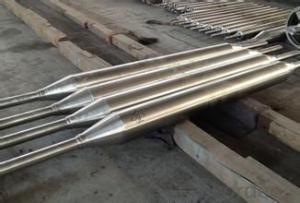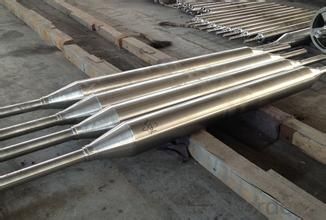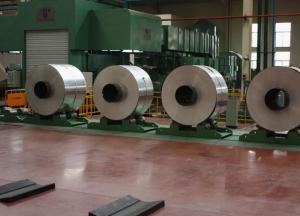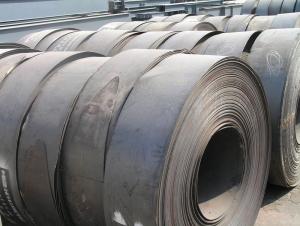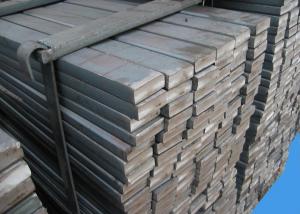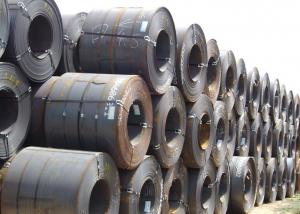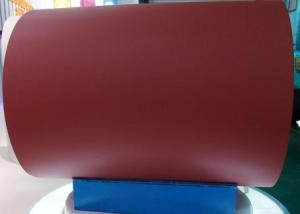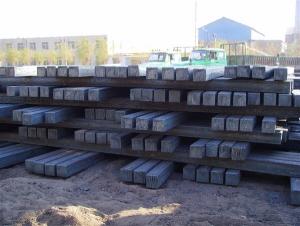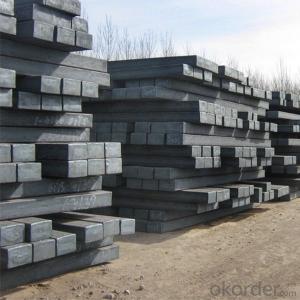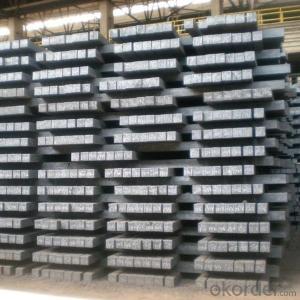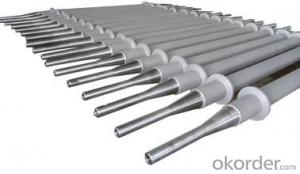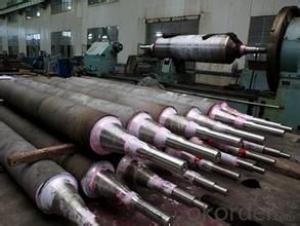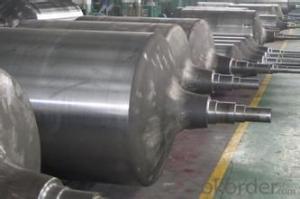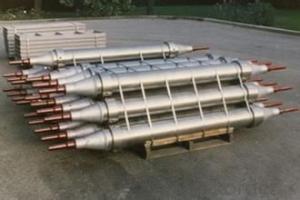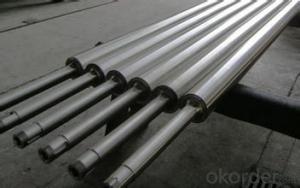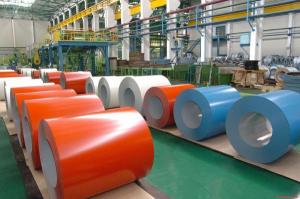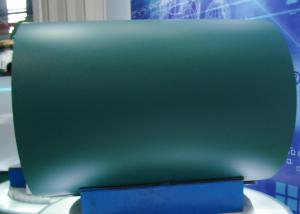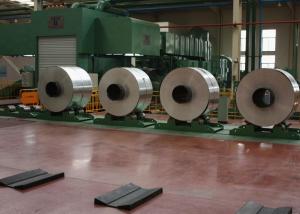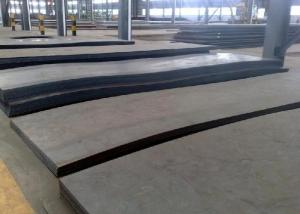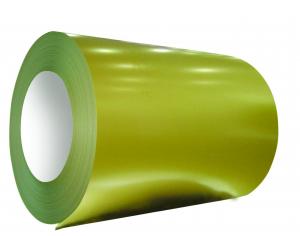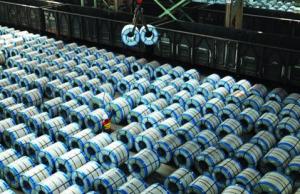Centrifugal Casting Heat resistant furnace hearth roll with good price
- Loading Port:
- Tianjin
- Payment Terms:
- TT OR LC
- Min Order Qty:
- 1000 PCS
- Supply Capability:
- 10000 PCS/month
OKorder Service Pledge
OKorder Financial Service
You Might Also Like
Quick Details
| Condition: | New | Type: | Other | Usage: | Heat Treatment Furnace |
| Place of Origin: | Brand Name: | Dimension(L*W*H): | OD70 to 1400mm | ||
| Weight: | according to drawing | Certification: | ISO9001:2008 | Warranty: | 12 months |
| After-sales Service Provided: | Overseas third-party support available | Application: | continuous annealing furnace, heating treatment furnace, etc | Material: | heat resistant alloys, cobalt base alloys |
| Standard: | ANSI, ASTM, ASME, DIN, GB | Test: | PT UT RT | Technics: | Centrifugal casting/spun casting |
| Advantage: | Experienced staff ,complete inspection facility to assure quality |
Packaging & Delivery
| Packaging Detail: | seaworthy wooden case ,or as per buyers' need. |
| Delivery Detail: | according to contract and quantity. |
Specifications
furnace roll
1.Standard:ANSI, ASTM, ASME, DIN, GB
2.Certificate: ISO9001:2008
3.Size: according to drawing.
centrifugal casting heat resistant furnace roll
Product Description
Product name | Furnace roll |
Material | High nickel and high chrome heat resistant alloys, cobalt base alloys, like HU, HT, HK, HP, HW, 24/24NbTiZr, 50Cr/50Ni (2.4813), 1.4865, 1.4849, 1.4848, 1.4410, 1.4059, 1.4841, 1.4845, 1.4852, 2.4879 or as per customer's requirements
|
Application | Working at high temperature environment on average: 800 to 1200°C,used in steel mills like continuous annealing furnace, heating treatment furnace, etc. |
Process | Barrel/tube is made by centrifugal casting and will be machined subsequently. Shaft/journal will be |
Standard | ANSI, ASTM, ASME, DIN, GB |
Specification | According to drawings |
Certificate | ISO9001:2008 |
Packaging & Shipping
sea worthy packaging, wooden case or according to requirements
WELOCME YOUR INQUIRY AND IF ANY QUESTION, PLEASE FEEL FREE TO CONTACT US!
- Q: How is steel forgings machined for precision components?
- Steel forgings are machined for precision components using various techniques such as milling, turning, drilling, and grinding. These processes involve carefully removing excess material to achieve the desired shape and dimensions with high accuracy and surface finish. The machinists utilize advanced tools, computer-controlled machines, and precise measurements to ensure that the steel forgings meet the required specifications for the precision components.
- Q: How is steel used in the production of HVAC systems and equipment?
- Steel is used in the production of HVAC systems and equipment due to its strength, durability, and heat resistance properties. It is used in the construction of air ducts, pipes, and various components of the system, ensuring structural integrity and long-lasting performance. Steel is also commonly used for heat exchangers, condenser coils, and fan blades, as it can withstand high temperatures and provide efficient heat transfer.
- Q: How are steel products used in the chemical industry?
- Steel products are widely used in the chemical industry for various applications such as storage tanks, pipes, and equipment due to their high strength, durability, and resistance to corrosion. These steel products help store and transport chemicals safely and efficiently, ensuring the integrity of the substances being handled. Additionally, steel is often used in the construction of chemical plants and refineries, providing a stable and secure infrastructure for chemical processes.
- Q: What are the common uses of steel in the food processing industry?
- Steel is commonly used in the food processing industry for various purposes, including the construction of machinery and equipment, storage tanks, and food preparation surfaces. It is preferred due to its strength, durability, and resistance to corrosion, making it ideal for ensuring food safety and maintaining hygiene standards.
- Q: What are the common uses of steel products in construction?
- Steel products are commonly used in construction for a variety of purposes such as structural framing, reinforcement of concrete, roofing, cladding, and fabrication of beams, columns, and trusses. Additionally, steel is used in the construction of bridges, highways, and other infrastructure projects due to its strength, durability, and ability to withstand heavy loads and harsh environmental conditions.
- Q: What are the different methods of joining steel components together?
- There are several methods of joining steel components together. Some common methods include welding, bolting, riveting, adhesive bonding, and soldering. Welding involves melting and fusing the steel components together using heat, while bolting involves using bolts and nuts to secure the components. Riveting involves using rivets to join the components by deforming and clinching them. Adhesive bonding uses specialized adhesives to bond the components together, while soldering involves melting a filler metal to join the components. Each method has its advantages and limitations, depending on factors such as the application, strength requirements, and ease of disassembly.
- Q: How is steel profiled and cut?
- Steel can be profiled and cut using various methods such as sawing, shearing, laser cutting, plasma cutting, and waterjet cutting. Sawing involves using a circular saw or bandsaw to cut through the steel. Shearing uses a blade to trim or cut through the steel. Laser cutting uses a high-powered laser beam to melt or vaporize the steel, creating precise cuts. Plasma cutting involves using a jet of ionized gas to melt and remove the steel. Waterjet cutting uses a high-pressure stream of water mixed with abrasive materials to cut through the steel. The choice of method depends on factors like the type and thickness of the steel, desired precision, and production requirements.
- Q: What are the common types of steel products used in the railway industry?
- Common types of steel products used in the railway industry include rails, sleepers, wheels, axles, and various structural components such as beams and columns.
- Q: How is steel used in the manufacturing of railway tracks?
- Steel is used in the manufacturing of railway tracks due to its strength, durability, and ability to withstand heavy loads. It is mainly used to create the rails which form the track structure, providing a smooth and stable surface for trains to travel on. Additionally, steel is also used for various components like sleepers, fasteners, and ballast that help support and maintain the integrity of the tracks.
- Q: What are the advantages of using steel plates in manufacturing?
- There are several advantages of using steel plates in manufacturing. Firstly, steel plates offer high strength and durability, making them suitable for applications that require load-bearing capabilities. Secondly, steel plates are resistant to corrosion, making them ideal for industries where exposure to moisture or chemicals is common. Additionally, steel plates can be easily shaped and formed, allowing for customization according to specific project requirements. Lastly, steel plates have excellent thermal conductivity, ensuring efficient heat transfer in various manufacturing processes.
Send your message to us
Centrifugal Casting Heat resistant furnace hearth roll with good price
- Loading Port:
- Tianjin
- Payment Terms:
- TT OR LC
- Min Order Qty:
- 1000 PCS
- Supply Capability:
- 10000 PCS/month
OKorder Service Pledge
OKorder Financial Service
Similar products
Hot products
Hot Searches
Related keywords
